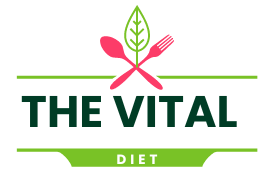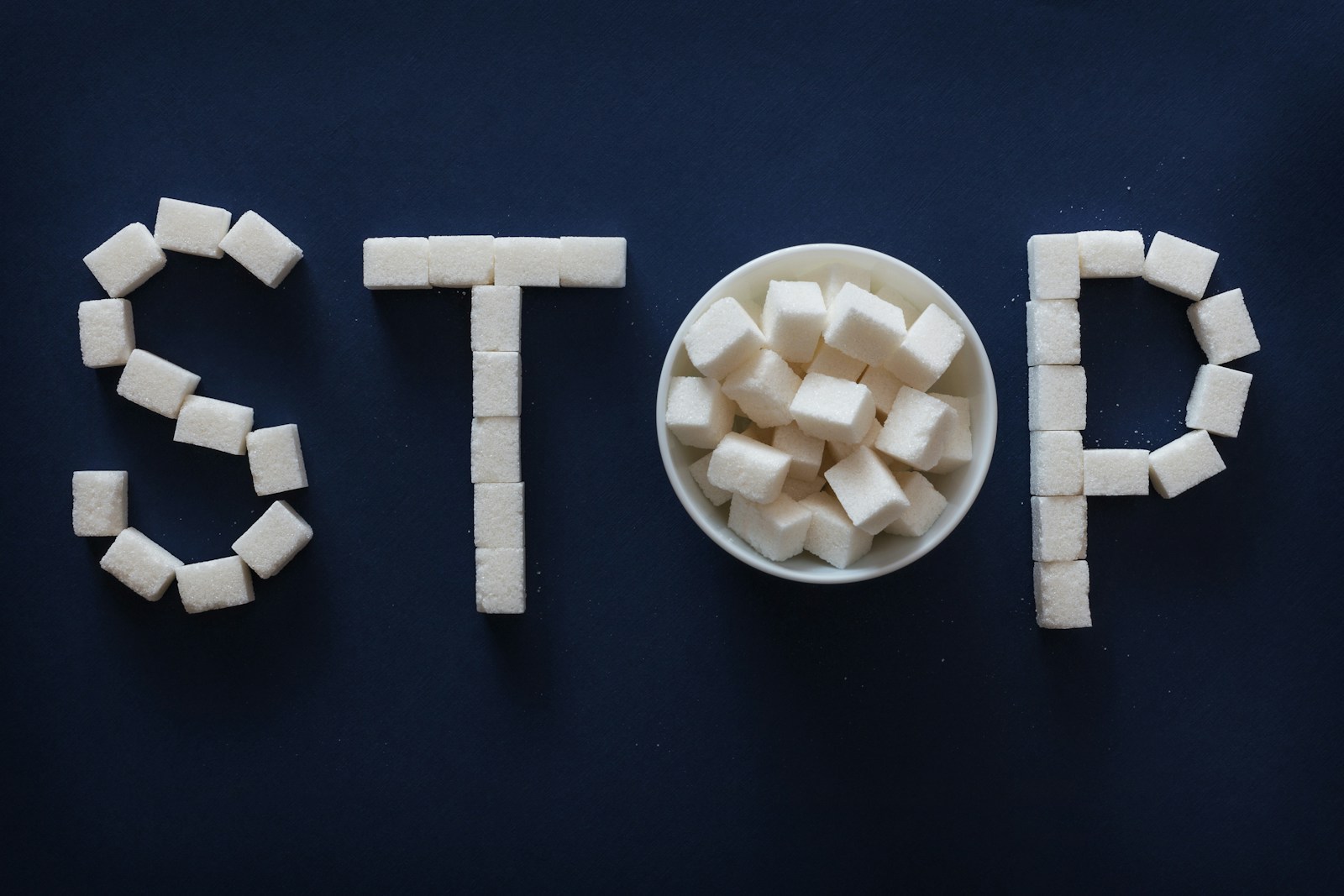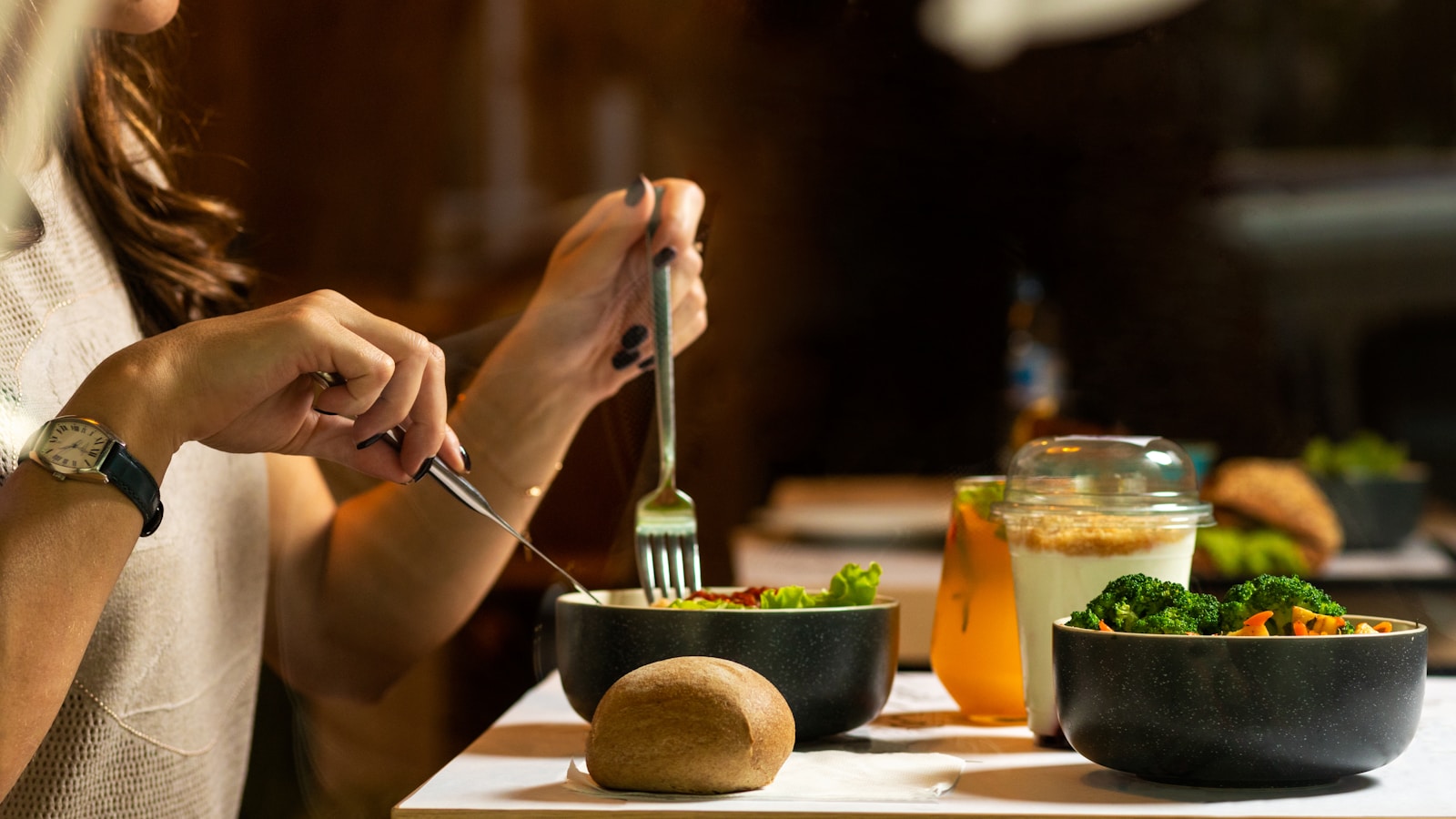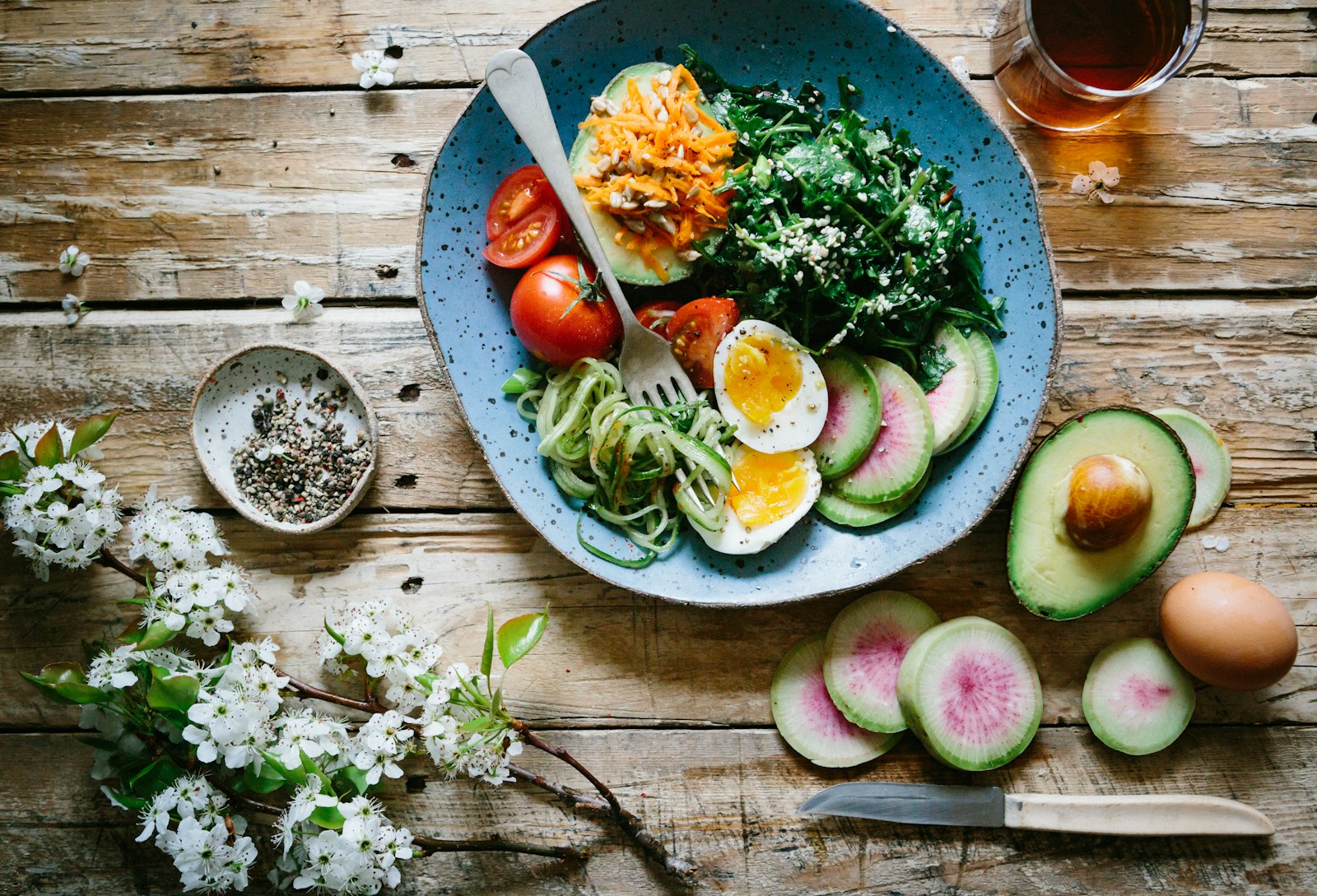
Whether you’re looking to improve your health or seeking a more sustainable lifestyle, thePescatarian Dietcould be an excellent choice. This diet integrates vegetarianism with the consumption of fish and other seafood, fostering a nutritional balance that’s both beneficial and flavorful!
Note: This article is meant to provide a comprehensive perspective on the Pescatarian Diet. It should not be considered a substitute for professional medical advice.
Unraveling the Pescatarian Diet
The Pescatarian Diet is an eating plan that combines the principles of vegetarianism and the consumption of fish and other seafood. It’s an enticing alternative for vegetarians who wish to incorporate seafood into their diet without the inclusion of red meat, poultry, or other forms of meat.
There are no strict rules defining the frequency of fish consumption in the Pescatarian Diet. Some people may choose to include seafood in every meal, while others may prefer to eat fish only occasionally. The key is to make balanced food choices, focusing on nutrient-dense foods for a healthier lifestyle.
“The Pescatarian Diet is a great choice for those seeking a nutritious meal plan. The seafood supplies essential omega-3 fatty acids and protein, while plant-based foods provide numerous vitamins, minerals, and phytochemicals.” – Chrissy Carroll, RD, MPH
A Typical Week on the Pescatarian Diet
A well-rounded Pescatarian Diet includes fruits, vegetables, grains, legumes, and seafood. Most people also include eggs and dairy products. Here’s a general idea of what a week on the Pescatarian Diet might look like:
- Day 1: Poached eggs with dill, half a grapefruit; quinoa avocado bowl; lemon garlic tilapia.
- Day 2: Mango-chia berry smoothie; grilled cheese sandwich; vegetarian lasagna.
- Day 3: Spinach and egg scramble; white bean soup; spicy shrimp tacos.
- Day 4: Overnight oats; Niçoise salad; curried lentils; dark chocolate dates.
- Day 5: Avocado toast; egg salad sandwich; ahi tuna poke bowl.
- Day 6: Banana walnut muffin; Israeli couscous bowl; black bean burger.
- Day 7: Muesli with dried cherries; salmon burger; artichoke-stuffed butternut squash.
The Pescatarian Diet: What’s on the Menu?
The Pescatarian Diet allows for a diverse range of nutrient-rich foods. Below is a breakdown of the various food groups you can enjoy on this diet:
Seafood: The seafood you can enjoy includes freshwater fish like trout and perch, saltwater fish like salmon and tuna, and shellfish including shrimp, oysters, clams, and more.
Dairy Foods and Eggs: Most pescatarians eat eggs and dairy, including cheese, yogurt, and milk.
Fruits and Vegetables: There are no limits on the types of fruits and vegetables included in this diet.
Beans and Legumes: Beans and legumes are an excellent source of plant-based protein.
Nuts and Seeds: Nuts and seeds are excellent sources of healthy fats.
Grains: Pescatarians can eat a wide range of grains, including wheat, corn, barley, rye, rice, oats and others.
Oils: Pescatarians can use a variety of oils in their cooking and food seasoning.
What to Avoid in the Pescatarian Diet
Since the Pescatarian Diet is predominantly plant and seafood-based, the only class of foods to avoid is meats. This includes red meat (like beef or bison), poultry, lamb, pork, and game (such as venison).
Implementing the Pescatarian Diet: Tips and Advice
The Pescatarian Diet is more than just a diet – it’s a lifestyle. You can eat meals and snacks whenever you’d like, with no specific recommendations or restrictions on portion size.
If you have a health condition such as diabetes, celiac disease, or heart disease, the Pescatarian Diet is likely safe and probably beneficial. However, always check with a healthcare provider first and ensure you’re getting the right mix of nutrients for your body.
If you are pregnant, avoid raw fish and be cautious about mercury levels in the fish you eat. This also applies if you are breastfeeding or have small children who eat pescatarian too.
What to Eat:
- Seafood
- Fruits and vegetables
- Grains
- Dairy products and eggs
What Not to Eat:
- Red meat
- Poultry
- Pork
- Wild game
Pescatarian Shopping List
To help you get started, here’s a sample shopping list for the Pescatarian Diet:
- Dark leafy greens
- Veggies
- Fresh and frozen fruits
- Healthy fat sources
- Whole grains
- Plant-based protein and legumes
- Canned or packaged fish
- Fresh or frozen fish
- Dairy products
- Eggs
Sample Pescatarian Meal Plan
While there are no strict rules on the Pescatarian Diet, you should always opt for nutritionally balanced meals. Here’s a three-day meal plan to give you an idea of what this diet can look like:
Day 1:
- Breakfast: Avocado and egg toast; berry smoothie
- Lunch: Tuna wrap; roasted red beet hummus with carrot sticks
- Dinner: Pan-seared salmon with Mediterranean quinoa and wilted spinach
Day 2:
- Breakfast: Spinach and feta oatmeal bowl; half-serving grapefruit
- Lunch: Baked crab cakes; handful of almonds
- Dinner: Za’atar spiced halibut with blistered cherry tomatoes and barley
Day 3:
- Breakfast: Tofu breakfast scramble with choice of vegetables; orange juice
- Lunch: Ultimate Mediterranean chopped salad; canned sardines with whole-grain crackers
- Dinner: Trinidad-style curried chickpea channa; brown rice
Pescatarian Diet: Pros
- May Protect from Disease
- May Be Easier to Follow Than Vegetarianism
- May Promote Healthy Weight
- Can Benefit the Environment
Pescatarian Diet: Cons
- Some Seafood Is High In Mercury
- Groceries Can Be Costly
Is the Pescatarian Diet Right for You?
The Pescatarian Diet meets the standards set forth by the Department of Agriculture (USDA) when meals are balanced with USDA-recommended foods and nutrients.
There’s no official calorie count for the Pescatarian Diet, which means no need for calorie counting. The number of calories you need will vary based on your goals, age, weight, sex, and activity level.
A Final Word
The Pescatarian Diet offers a plethora of benefits, but it’s not for everyone. If you’re considering this diet, try it out for a week or two and see how you feel. If you’re uncertain, enlist the help of a registered dietitian or a local cooking school to learn how to prepare fish. Remember, the best diet is always the one that is balanced and fits your lifestyle.





